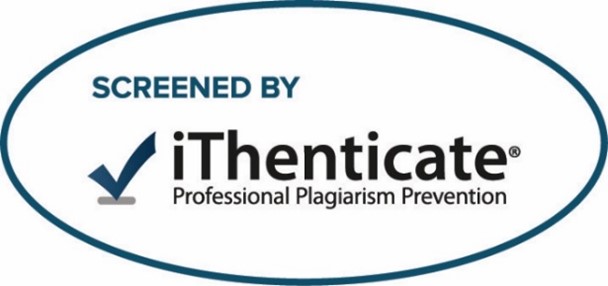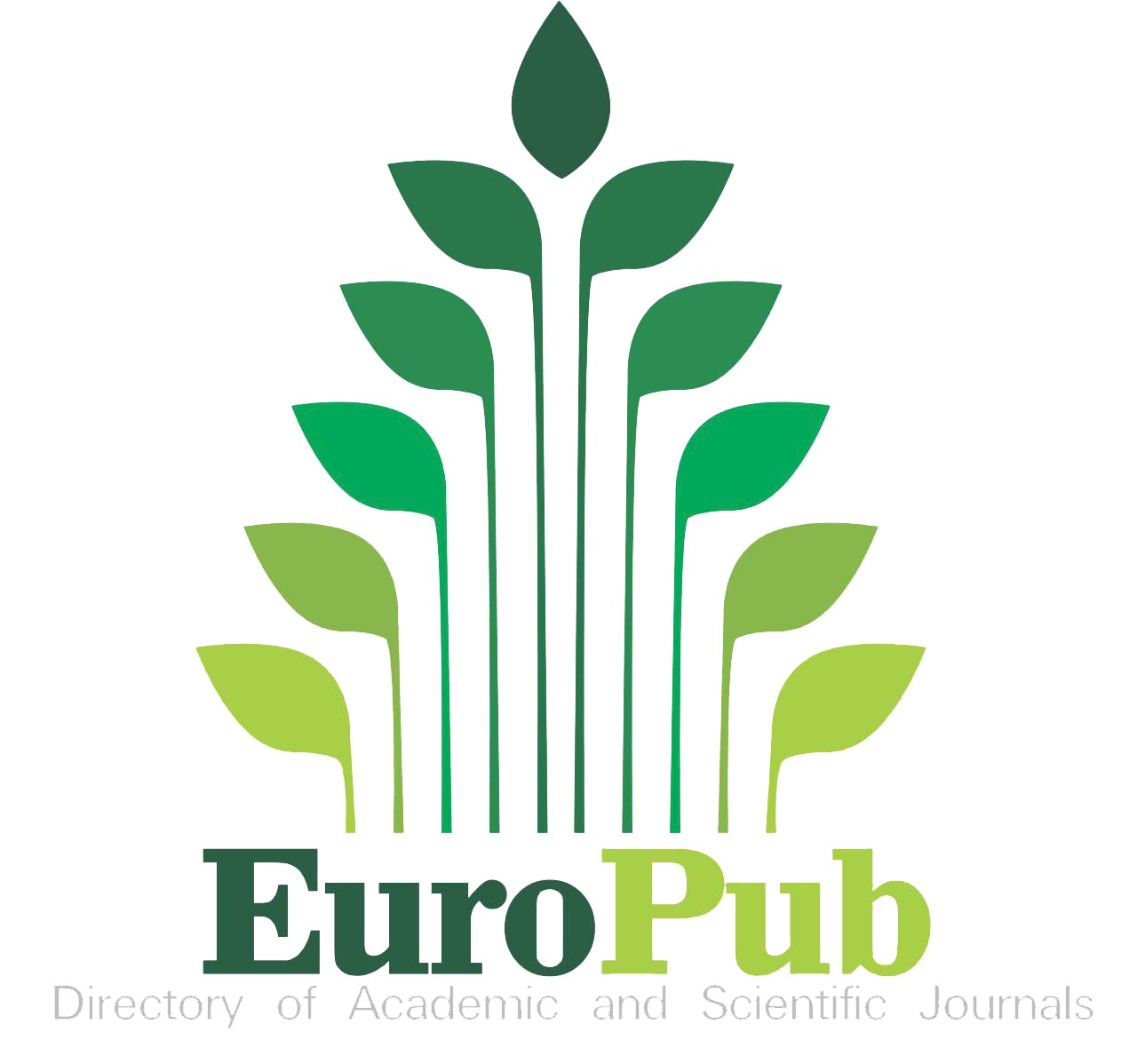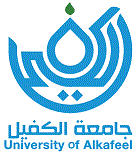Abstract
Water is essential for life, so monitoring water quality is important. This research focuses on measuring heavy metals (Lead, Pb; Cadmium, Cd; Chromium, Cr (in 14 healthy water samples of two types; bottled water and filtered water used by newborn children in Al-Najaf governorate, Iraq. Atomic absorption spectroscopy (AA-7000, Japan) was used to conduct the experimental analysis. Also, health risks parameters (non-carcinogenic and carcinogenic) due to Pd, Cd, and Cr concentrations were calculated. The results of Pb, Cd, and Cr concentrations in mg/L for bottled water samples were ranged 0.03-0.83, 0.01-0.69, and 0.01-0.76, respectively, while the range values for filter water samples were 0.06-4.54, 0.08-1.2, and 0.62-1.62, respectively. Statically using ANOVA-test confirmed, that the result is no significant at p > 0.05, where the average values of Pb, Cd, and Cr in bottled water samples were lower than in filter water samples. Accordingly, the results of Pb, Cd, and Cr concentrations in healthiest water samples for two types of Al-Najaf governorate, were larger than safe limit that were recommended by several organizations and commissions, including the WHO, USEPA, ECE, and Iraq. Meanwhile, the results of non-cancer and cancer health risks were within safe limits according to EPA and WHO.
Recommended Citation
Ali, Ban Hussein and Abojassim, Ali Abid
(2025)
"Heavy Metals in Healthy Water Samples Used by Newborn in Al-Najaf Governorate, Iraq,"
Al-Bahir: Vol. 6:
Iss.
2, Article 7.
Available at: https://doi.org/10.55810/2313-0083.1097
References
[1] Samuel TM, Thomas T, Bhat S, Kurpad AV. Are infants born in baby-friendly hospitals being exclusively breastfed until 6 months of age? Eur J Clin Nutr 2012;66(4):459e65. https:// doi.org/10.1038/ejcn.2011.179.
[2] Tortell P. Heavy metal: Earth's minerals and the future of sustainable societies. Open Book Publishers; 2024
[3] Omokpariola DO, Omokpariola PL. Health and exposure risk assessment of heavy metals in rainwater samples from selected locations in Rivers State, Nigeria. Phys Sci Rev 2021; 0(0). https://doi.org/10.1515/psr-2020-0090.
[4] Okafor VN, Omokpariola DO, Tabugbo BI, Okoliko GF. Ecological and health risk assessments of heavy metals in surface water sediments from Ifite Ogwari community in Southeastern Nigeria. Discover Environ 2024;2(1). https:// doi.org/10.1007/s44274-024-00098-2.
[5] Okafor VN, Okoye NH, Omokpariola DO, Ume CB, Ujam OT. Risk assessments of polycyclic aromatic hydrocarbons in the surface sediments of drinking water sources in Ifite Ogwari, South-East Nigeria. Soil Sediment Contam: Int J 2025;34(2):187e206.
[6] Okoro HK, Orosun MM, Anuoluwa OF, Ogunkunle CO, Iwuozor KO, Emenike EC. Seasonal variation and human health risk assessment of potentially toxic elements in pharmaceutical effluents around Ilorin metropolis, Nigeria. Environ Monit Assess 2024;196(8):774. https://doi.org/ 10.1007/s10661-024-12887-6.
[7] Tokatlõ C, Ustaoglu F, Muhammad S, Yüksel B. Spatiotem- poral variations, source identification, and risk assessment of potentially toxic elements in the surface water of Felent Stream impacted by the silver mine. Environ Monit Assess 2024;196(9):870. https://doi.org/10.1007/s10661-024-13013-2.
[8] Yazman MM, Yüksel B, Ustaoglu F, S ¸ en N, Tepe Y, Tokatlõ C. Investigation of groundwater quality in the Southern Coast of the Black Sea: application of computational health risk assessment in Giresun, Türkiye. Environ Sci Pollut Res Int 2024;31(39):52306e25. https://doi.org/ 10.1007/s11356-024-34712-w.
[9] Sajjadi SA, Mohammadi A, Khosravi R, Zarei A. Distribution, exposure, and human health risk analysis of heavy metals in drinking groundwater of Ghayen County, Iran. Geocarto Int 2022;37(26):13127e44. https://doi.org/10.1080/10106049.2022. 2076916.
[10a] Abojassim AA, Munim RR. Chapter-4 Hazards of Heavy Metal on Human Health. Multidisciplinary 2020;51.
[10b] Abojassim AA, Munim RR. Hazards of heavy metal on human health. 2020.
[11] Yüksel B, Ustaoglu F, Yazman MM, S ¸ eker ME, Oncü T. € Exposure to potentially toxic elements through ingestion of canned non-alcoholic drinks sold in Istanbul, Türkiye: a health risk assessment study. J Food Compos Anal: Offi Publ United Nations Univ, Intern Network Food Data Sys 2023; 121(105361):105361. https://doi.org/10.1016/j.jfca.2023.105361.
[12] Sharma SK. Heavy metals in water: presence, removal and safety. Royal Society of Chemistry; 2014.
[13] Global strategy on infants and young child feeding. Geneva: World Health Organization; 2002.
[14] Jabar MAA, Kamal SKM. Determination of heavy elements (Pb, Cd, Cu and Cr) concentration in some water sources. Chemistry Chemical Technol 2019;4(13):471e6.
[15] Yüksel B, Ustaoglu F, Arõca E. Impacts of a garbage disposal facility on the water quality of Çavus¸lu stream in giresun, AL-BAHIR JOURNAL FOR ENGINEERING AND PURE SCIENCES 2025;6:157e166 165 Turkey: a health risk assessment study by a validated ICPMS assay. Aquatic Sci Eng 2021;0(0):181e92. https://doi.org/ 10.26650/ase2020845246.
[16] Krachler M, Shotyk W. Trace and ultratrace metals in bottled waters: survey of sources worldwide and comparison with refillable metal bottles. Sci Total Environ 2009;407(3): 1089e96. https://doi.org/10.1016/j.scitotenv.2008.10.014.
[17] Abd El Aal SA, El-Saftawy AA, Alkadi M, Salama S, Kandil S. Quality evaluation of several brands of bottled mineral water from Egypt and Saudi Arabia. Asian J Chem 2015;27(9): 3494e8. https://doi.org/10.14233/ajchem.2015.19140.
[18] Askari M, Soleimani H, Nalosi KB, Saeedi R, Abolli S, Ghani M, et al. Bottled water safety evaluation: a comprehensive health risk assessment of oral exposure to heavy metals through deterministic and probabilistic approaches by Monte Carlo simulation. Food Chem Toxicol: Intern J Publ British Indust Biol Res Assoc 2024;185(114492):114492. https://doi.org/10.1016/j.fct.2024.114492.
[19] Orosun MM, Nwabachili S, Alshehri RF, Omeje M, Alshdoukhi IF, Okoro HK, et al. Potentially toxic metals in irrigation water, soil, and vegetables and their health risks using Monte Carlo models. Sci Rep 2023;13(1):21220. https:// doi.org/10.1038/s41598-023-48489-4.
[20] Okoro HK, Orosun MM, Oriade FA, Momoh-Salami TM, Ogunkunle CO, Adeniyi AG, et al. Potentially toxic elements in pharmaceutical industrial effluents: a review on risk assessment, treatment. 2023.
[21] Alrubaie T, Al-Saadi OS, Mousa AS. Structural interpretation of Najaf basin using the magnetic and gravity data, Central Iraq. Iraqi Geolog J 2025:14e31.
[22] Andrade SSDA, Stopa SR, Brito AS, Chueri PS, Szwarcwald CL, Malta DC. Prevalencia de hipertens ^ ao arte- ~ rial autorreferida na populaçao brasileira: an ~ alise da Pesquisa Nacional de Saúde, 2013. Epidemiologia e servicos de saude: revista do Sistema Unico de Saude do Brasil 2015;24(2): 297e304. https://doi.org/10.5123/s1679-49742015000200012.
[23] Ismail A, Riaz M, Akhtar S, Farooq A, Shahzad MA, Mujtaba A. Intake of heavy metals through milk and toxicity assessment. Pakistan J Zool 2017;49(4):1413e9. https:// doi.org/10.17582/journal.pjz/2017.49.4.1413.1419.
[24] Mohammadi AA, Zarei A, Majidi S, Ghaderpoury A, Hashempour Y, Saghi MH, et al. Carcinogenic and noncarcinogenic health risk assessment of heavy metals in drinking water of Khorramabad. . 2019 .
[25] Wu B, Zhao DY, Jia HY, Zhang Y, Zhang XX, Cheng SP. Preliminary risk assessment of trace metal pollution in surface water from Yangtze River in Nanjing Section, China. Bull Environ Contam Toxicol 2009;82(4):405e9. https:// doi.org/10.1007/s00128-008-9497-3.
[26] Lawi DJ, Abdulwhaab WS, Abojassim AA. Health risk study of heavy metals from consumption of drugs (solid and liquid) samples derived from medicinal plants in Iraq. Biol Trace Elem Res 2023;201(7):3528e40. https://doi.org/10.1007/ s12011-022-03408-y.
[27] Ungureanu EL, Mustatea G, Popa ME. Assessment of potentially toxic elements and associated health risk in bottled drinking water for babies. Appl Sci 2022;12(4):1914. https://doi.org/10.3390/app12041914.
[28] de Onis M. 4.1 the WHO child growth standards. World Rev Nutr Diet 2015;113:278e94. https://doi.org/10.1159/000360352.
[29] Epa U. Baseline human health risk assessment for the standard mine site gunnison County. Colorado: Syracuse Research Corporation; 2008.
[30] Calculating upper confidence limits for exposure point concentrations at hazardous waste sites, OSWER 9285.6.-10 office of emergency and remedial response. Washington, DC: U.S. Environmental Protection Agency; 2002.
[31] Environmental Protection Agency (EPA). National primary drinking water regulations: long term 1 enhanced surface water treatment rule. Final rule. Fed Regist 2002;67(9): 1811e44.
[32] WHO. Guidelines for drinking-water quality. 4th ed. 2011.
[33] National primary drinking water regulations: contaminant specific fact sheets, Volatile organic chemicals, consumer version. 2013. Bibliogov [Preprint].
[34] Drolc A, Cotman M. Integration of metrological principles and performance evaluation in a proficiency testing scheme in support of the Council Directive 98/83/EC. Accred Qual Assur 2009;14(4):199e205. https://doi.org/10.1007/s00769- 009-0494-y.
[35] Standard D-W. Central Organization for quality control and standardization. Republic of Iraq: Council of Ministers; 2001.
[36] Kavlock R. Computational toxicology as implemented by the US EPA: providing high throughput decision support tools for screening and assessing chemical exposure, hazard and risk. J Toxicol Environ Health 2010;13(2e4):197e217.
[37] Epa U. Guidance manual for assessing human health risks from chemically contaminated fish and shellfish. Guidance manual for assessing human healt h risks from chemically contaminated fish and shellfish standard. Washington: OoWRa; 1989.
[38] El-Harouny MA, El-Dakroory SA, Attalla SM, Hasan NA, Hegazy R. Chemical quality of tap water versus bottled water: evaluation of some heavy metals and elements content of drinking water in Dakahlia governorateEgypt. Mansoura J Forensic Med Clinic Toxicol 2008;16(2): 1e15.
[39] Bortey-Sam N, Nakayama SM, Ikenaka Y, Akoto O, Baidoo E, Mizukawa H, et al. Health risk assessment of heavy metals and metalloid in drinking water from communities near gold mines in Tarkwa, Ghana. Environ Monit Assess 2015;187(7):397. https://doi.org/10.1007/s10661-015- 4630-3.
[40] Mebrahtu G, Zerabruk S. Concentration and health implication of heavy metals in drinking water from urban areas of Tigray region, northern Ethiopia. Momona Ethiopian J Sci 2011;3(1). https://doi.org/10.4314/mejs.v3i1.63689.
[41] Nawab J, Khan S, Xiaoping W, Rahman A, Ali H, Qamar Z, et al. Spatial distribution of toxic metals in drinking water sources and their associated health risk in district buner, Northern Pakistan. Human Ecolog Risk Assess: HERA 2018;24(3):615e26. https://doi.org/10.1080/10807039. 2017.1395684.
[42] Al-Sudani IM, Al-Hamdany MR, Al-Khayat AS. Risk of heavy metal contamination in bottled drinking water in Iraq. Caspian J Environ Sci 2024:1e5.
















Indexed in: